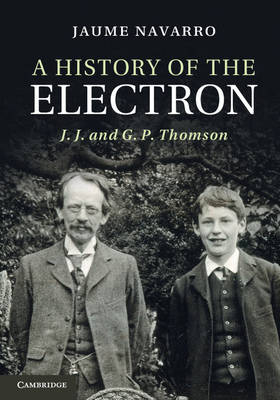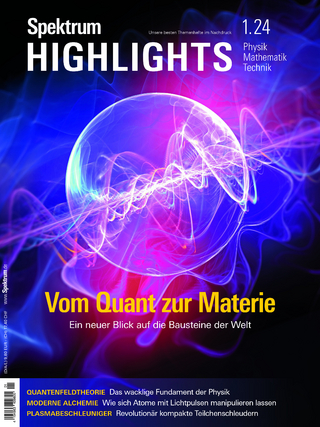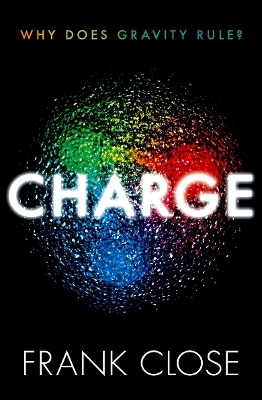
A History of the Electron
J. J. and G. P. Thomson
Seiten
2012
Cambridge University Press (Verlag)
978-1-107-00522-8 (ISBN)
Cambridge University Press (Verlag)
978-1-107-00522-8 (ISBN)
J. J. and G. P. Thomson are two significant figures in modern physics, having both played key roles in our understanding of the nature of electrons. This book presents their biographies, offering a fresh perspective for academics and graduate students working in the history of early twentieth-century physics.
Two landmarks in the history of physics are the discovery of the particulate nature of cathode rays (the electron) by J. J. Thomson in 1897 and the experimental demonstration by his son G. P. Thomson in 1927 that the electron exhibits the properties of a wave. Together, the Thomsons are two of the most significant figures in modern physics, both winning Nobel prizes for their work. This book presents the intellectual biographies of the father-and-son physicists, shedding new light on their combined understanding of the nature of electrons and, by extension, of the continuous nature of matter. It is the first text to explore J. J. Thomson's early and later work, as well as the role he played in G. P. Thomson's education as a physicist and how he reacted to his son's discovery of electron diffraction. This fresh perspective will interest academics and graduate students working in the history of early twentieth-century physics.
Two landmarks in the history of physics are the discovery of the particulate nature of cathode rays (the electron) by J. J. Thomson in 1897 and the experimental demonstration by his son G. P. Thomson in 1927 that the electron exhibits the properties of a wave. Together, the Thomsons are two of the most significant figures in modern physics, both winning Nobel prizes for their work. This book presents the intellectual biographies of the father-and-son physicists, shedding new light on their combined understanding of the nature of electrons and, by extension, of the continuous nature of matter. It is the first text to explore J. J. Thomson's early and later work, as well as the role he played in G. P. Thomson's education as a physicist and how he reacted to his son's discovery of electron diffraction. This fresh perspective will interest academics and graduate students working in the history of early twentieth-century physics.
Jaume Navarro is Ikerbasque Research Professor at the University of the Basque Country, San Sebastian. He trained in physics, philosophy and the history of science, and has an international research record having spent several years at the University of Cambridge, Imperial College London, the Max Planck Institute for the History of Science and the University of Exeter.
Introduction; 1. The early years in Manchester and Cambridge; 2. J. J. Thomson's early work in Cambridge: a continuous and all-embracing physics; 3. The ether and the corpuscle: from waves to particles; 4. On creeds and policies: the corpuscular theory of matter; 5. Father and son. Old and new physics; 6. The electron in Aberdeen: from particle to wave; Index.
| Erscheint lt. Verlag | 6.9.2012 |
|---|---|
| Zusatzinfo | 12 Halftones, unspecified; 12 Halftones, black and white |
| Verlagsort | Cambridge |
| Sprache | englisch |
| Maße | 178 x 252 mm |
| Gewicht | 520 g |
| Themenwelt | Naturwissenschaften ► Physik / Astronomie ► Hochenergiephysik / Teilchenphysik |
| ISBN-10 | 1-107-00522-1 / 1107005221 |
| ISBN-13 | 978-1-107-00522-8 / 9781107005228 |
| Zustand | Neuware |
| Haben Sie eine Frage zum Produkt? |
Mehr entdecken
aus dem Bereich
aus dem Bereich
Neue Sicht auf die Bausteine der Welt
Buch (2024)
Spektrum der Wissenschaft (Verlag)
9,80 €


